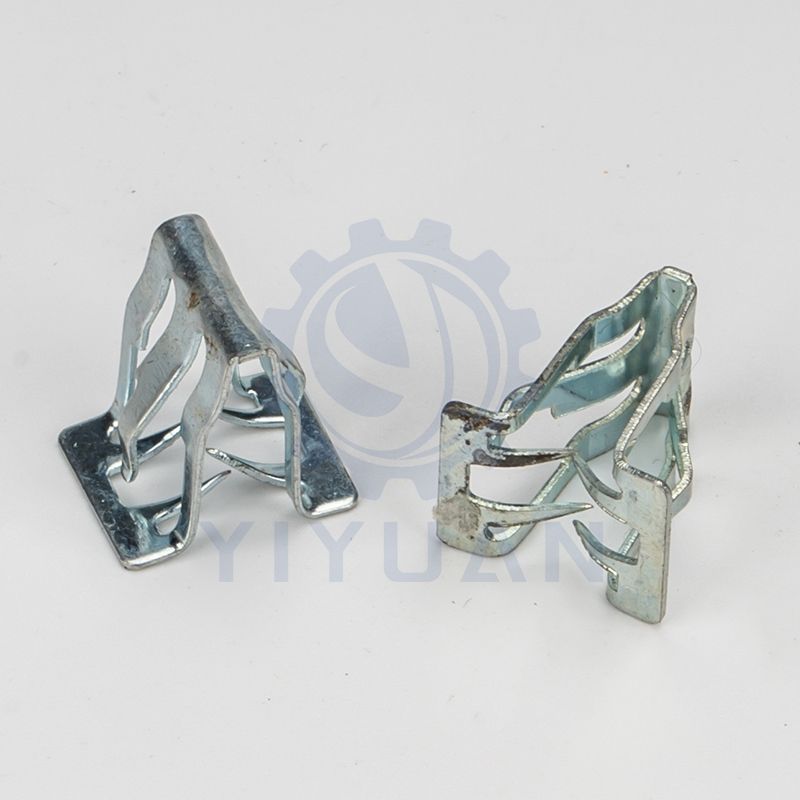Login

Login

Sep. 23, 2024
If you are looking for more details, kindly visit Acetron.
Transparent conductive alloys have gained significant attention in various applications, especially in the fields of photovoltaics, touchscreens, and smart windows. But how does the sputtering process work in creating these materials? This article provides an in-depth look at the principles, techniques, and benefits of transparent conductive alloy sputtering.
Sputtering is a physical vapor deposition (PVD) technique. In this process, ions ejected from a target material are deposited onto a substrate. These ions, usually generated by a plasma, transfer momentum to atoms from the target, which then travel through the vacuum and condense on the surface of the substrate.
The sputtering process for transparent conductive alloys generally follows these steps:
Sputtering, as a method for producing transparent conductive alloys, offers several advantages:
Transparent conductive alloys are utilized across various industries:
Explore more:Recent studies indicate that further optimization of sputtering parameters can yield even better performing alloys. Researchers are investigating the incorporation of new materials and innovative techniques to enhance the electrical and optical properties of the films. Specifically, advancements such as co-sputtering and reactive sputtering show promise in developing next-generation transparent conductive alloys.
In summary, transparent conductive alloy sputtering is a pivotal technology in modern electronics and optoelectronics. By utilizing this method, industries can produce high-quality, uniform films that meet the demands of emerging technologies. As research continues to evolve, we can anticipate even more innovative applications and enhancements in the sputtering process.
For further insights and detailed research findings, do not hesitate to share this article with industry experts and related publishers to broaden the knowledge base surrounding transparent conductive alloys and their applications.
You can find more information on our web, so please take a look.
Want more information on Transparent Conductive Alloy Sputtering? Feel free to contact us.
Explore more:95 0 0
Related Articles

40
0
0
Join Us

Comments
All Comments ( 0 )